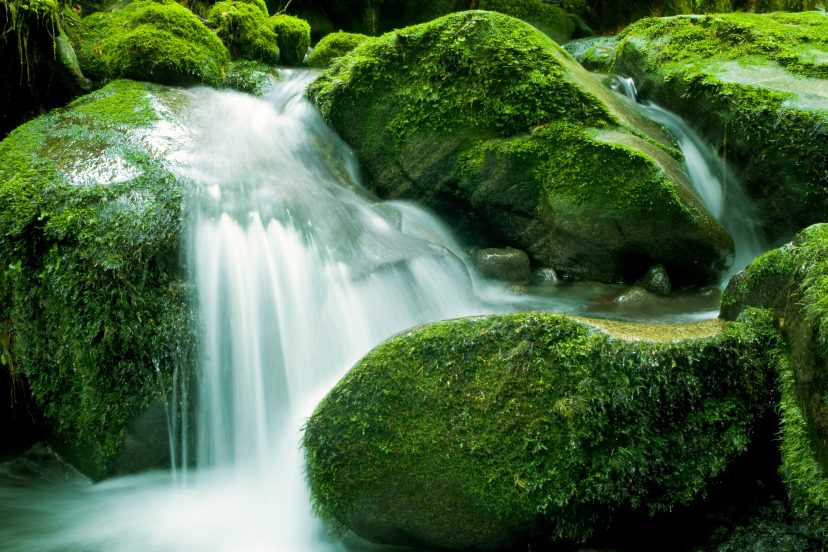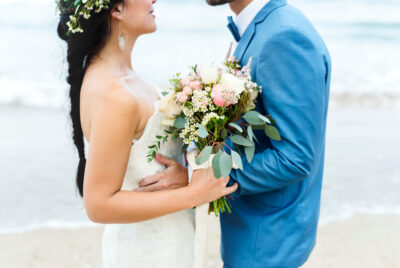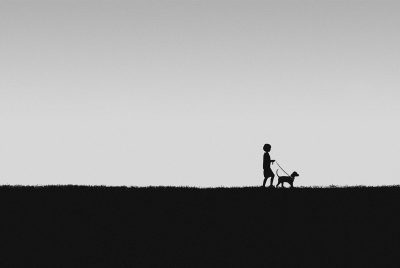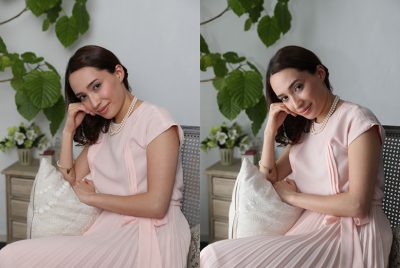How to Use Manual Mode Like a Pro (Without Getting Overwhelmed)
If you’ve ever peeked at a photographer shooting in manual mode and thought, “Wow, that looks so technical—I could never do it,” I totally get it. I was there once. But today, I want to help you learn to master manual mode and shoot confidently in any lighting situation—without drowning in confusing jargon or feeling paralyzed by settings.
In this post, I guide you (step by step) from zero to comfortable, sharing the mindset, tricks, and practice you need to turn manual mode from scary to second nature. Let’s dive in.
Why Learn to Master Manual Mode and Shoot Confidently in Any Lighting Situation?
You might ask: “Why bother with manual mode at all? Auto works, right?” The truth is: auto or semi-auto modes are fine for many things, but they limit you. When the light is weird, or you have a creative vision (freeze motion? blur the background? shoot in dramatic contrast?), manual mode gives you full control—and lets you decide what the image looks like.
When you can consistently nail exposure yourself, you stop chasing the camera’s interpretation, and start producing images you intended. That’s empowering.
>>> TODAY’s DSLR camera deals CLICK HERE <<<
Understanding the Exposure Triangle
Before messing with knobs, you need a mental map of how the three core settings interact: aperture, shutter speed, and ISO. Together, they form the “exposure triangle.” Mess with one, and another must compensate.
Aperture: The “Eye” of the Camera
The aperture (measured in f-numbers like f/1.8, f/4, f/11) is the opening through which light enters the lens. A wider aperture (lower f-number) means more light, but shallower depth of field (background blur). A narrower aperture (higher f-number) means less light, but more in focus from front to back.
Think of it like your pupil: in dim light, your eyes open wide; in bright light, they constrict.
Shutter Speed: The Motion Controller
Shutter speed determines how long the sensor is exposed to light. 1/1000 s is very fast (freezing motion), 1/5 s is slow (motion blur). If your shutter is too slow and your subject moves (or your hands shake), your image may blur.
ISO: Sensitivity vs Noise
ISO adjusts how sensitive your sensor is. Low ISO (100, 200) = low noise, but you need more light. High ISO (1600, 3200 or more) lets you shoot in darker conditions—but introduces grain or noise. The trick is finding the sweet spot for your camera (every camera has limits).
The Mindset: Letting Go of Fear
Expect Mistakes — That’s How You Learn
When I started, almost every shoot had a few “oops” shots. That’s normal. Don’t let fear of a bad image stop you. Embrace the errors—they teach you faster.
Start with Simple Scenes
Don’t begin with fast-moving subjects in tricky lighting. Start in daylight, with still subjects. That gives you space to get comfortable without chasing perfect exposures.
Step-by-Step: How to Switch to Manual Mode and Get Started
Setting Your Camera to “M” Mode
Most DSLRs or mirrorless cameras have a dial—turn it to M (Manual). Once you’re in M, the camera will no longer pick settings automatically.
Reading the Light Meter (and Understanding the Scale)
Look at the little exposure meter in your viewfinder (or top LCD). There’s often a scale like -2 … -1 … 0 … +1 … +2. The goal is to get that indicator to 0 (which means technically “correct” exposure), or slightly under or over depending on your creative intent.
Underexposed, Overexposed, and Correct Exposure
-
If the indicator is toward the negative side, your image will be too dark (underexposed).
-
If toward the positive side, too bright (overexposed).
Your job: adjust the triangle to bring it closer to your target (usually “0” or slightly adjusted for style).
Picking a Starting Combination (Aperture / ISO / Shutter)
Choose Your Aperture First (to Control Depth of Field)
Decide how much background blur you want. Say you choose f/4 for a decent blur on a portrait. Lock that in first—because that’s often the artistic decision you care about most.
Then Select a Safe Shutter Speed
Pick a shutter speed that avoids camera shake or motion blur. A common rule for hand-held is ~1 / (focal length) or faster. For example, if your lens is 50 mm, aim 1/50 s or faster. For moving subjects, increase further.
Adjust ISO as Needed
Once aperture and shutter are set, if the meter still leans under or over, adjust ISO. That gives you the final push to hit the proper exposure.
>>> TODAY’s DSLR camera deals CLICK HERE <<<
Balancing Adjustments: When to Change What
If the Image Is Too Dark: Which Knob to Turn
-
First: slow the shutter (if safe)
-
Second: widen your aperture (if you can)
-
Last: increase ISO
If the Image Is Too Bright: What to Do
-
Slow your aperture (higher f-number)
-
Increase shutter speed
-
Decrease ISO
Trade-offs: Motion Blur, Depth, Grain
Every decision has a cost. For example: increasing ISO gives more brightness but more noise. Slower shutter gives light but may blur. Your role: balance those trade-offs toward your vision.
Special Cases & Lighting Challenges
Low Light / Night Scenes
You may need very high ISO or super wide apertures (f/1.4, f/2) and slower shutter speeds. A tripod helps a lot here. Use long exposures and, where possible, stabilize your camera.
High Contrast / Backlit Scenes
Expose for the subject’s face, even if it means blowing out the sky slightly (or vice versa). Use spot metering or exposure compensation to override the camera’s “average” reading.
Fast Action / Sports / Motion
You’ll want very fast shutter speeds (1/500, 1/1000 or more). To keep exposure, you may need wide apertures and higher ISOs. Sometimes, you’ll sacrifice depth or noise to freeze the moment.
Useful Tools & Techniques to Help You (without stress)
Use Histograms, Not Just the LCD Preview
The LCD can lie (it’s often brighter than the real image). Instead, view the histogram: a graph that shows how your brightness levels are distributed. Avoid clipping at the edges.
Enable Highlight Alerts / Zebra Stripes
Some cameras let you blink clipped areas (overexposed) so you know exactly where detail is lost. Useful in contrasty scenes.
Expose to the Right (ETTR) vs Expose Safely
“Expose to the Right” means pushing exposure a bit so your histogram is more toward the right side—but without clipping highlights. This gets more data in the shadows. But do this carefully, because blowing highlights loses information forever.
Practice Routines & Assignments for Confidence
30-Day Manual Mode Challenge
For 30 days straight, take at least one photo in full manual mode. Try different subjects and lighting. Track your settings and results. You’ll grow fast.
Theme-Based Walks (e.g. “Shadows”, “Motion”)
Go on a walk and focus on one theme (e.g. capturing shadows, or freezing motion). It constrains your creativity in a helpful way, forcing you to make decisions.
Mistakes to Avoid (and What to Do Instead)
Relying on LCD Brightness Illusion
Don’t trust the rear screen brightness. Use histogram and check with highlights clipping alerts.
Keeping ISO Too Low Out of Fear
Yes, too high ISO can add noise—but an underexposed image with ISO 100 often ends up noisier when you push it later. Don’t be afraid to climb a bit.
Over-correcting One Setting Too Far
If your image is slightly dark, don’t slam shutter from 1/60 to 1/1000 in one move. Make incremental adjustments across aperture, shutter, or ISO.
When (and Why) Use Auto or Semi-Auto Modes Anyway
Mixed Lighting That’s Changing Quickly
In rapidly changing light (sunlight through trees, stage lights), switching to Aperture Priority or Shutter Priority may help you stay adaptable while still controlling one variable.
Speed Over Precision (e.g. Street, Events)
Sometimes you don’t have time to think. In those moments, semi-auto is a safety net. But always try to switch back when possible.
Recap: My Workflow for Confident Manual Shooting
-
Decide aperture (for depth of field)
-
Set a safe shutter speed
-
Read the meter
-
Adjust ISO to bring balance
-
Check histogram & highlight alerts
-
Take a test shot, review, fine-tune
-
Rinse and repeat until your choices are instinctive
Over time, the process gets faster. What once felt like juggling three knobs becomes an intuitive flow.
Conclusion
Learning to master manual mode might feel overwhelming at first—but the trick is breaking it down into bite-size steps, practicing with purpose, and forgiving yourself for imperfect shots. Once you internalize how aperture, shutter, and ISO work together, you’ll confidently face any lighting condition. So grab your camera, switch to M, and give it a go—your vision awaits.
>>> TODAY’s DSLR camera deals CLICK HERE <<<
FAQs
1. How long does it typically take to feel comfortable in manual mode?
It varies, but many photographers feel more confident after a few weeks of daily or frequent practice. Don’t rush—progress is what matters and you learn to master manual mode and shoot confidently in any lighting situation
2. Should I always shoot RAW when using manual mode?
Yes — RAW files let you recover more detail in highlights and shadows, giving you more flexibility when you slip up slightly.
3. What’s a safe starting ISO for daylight shooting?
Start at ISO 100 or 200, then only raise it when necessary (e.g. indoor or low light).
4. Can I use auto ISO while in manual mode?
Some cameras allow that. It’s a hybrid approach: you pick aperture and shutter, and let the camera tweak ISO. It’s useful if you’re learning, but you lose full control over noise.
5. When should I abandon manual mode and go back to auto or semi-auto?
If your situation changes faster than you can adjust (e.g. fast-moving stage lights, sudden shadows) it’s okay to temporarily switch to a safer mode. But plan to return to manual when things slow down.
Further photo tips here:




